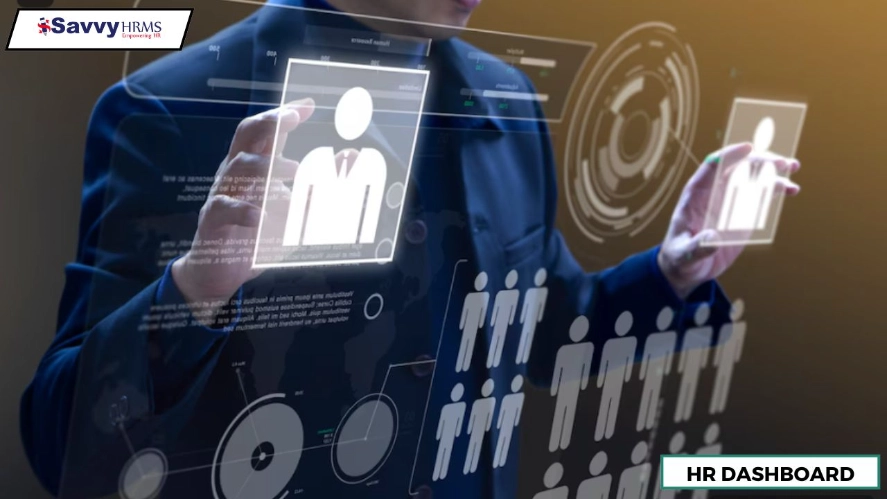Best Performance Management System for Small Businesses
When it comes to managing employee performance. Small businesses need to make sure they promote growth, efficiency, and employee satisfaction. performance management software for small business.-
A Performance Management System (PMS) helps organizations to map goals. Manage progress, assess performance, and give feedback.
What is a Performance Management System?
Performance Management System enables organizations to define key performance indicators (KPIs) and goals. Track employee progress data in real time and provide feedback and reviews. Identify training needs and reward high performance. Enhance employee productivity in line with business goals.
Importance of a Good Performance Management System
Due to limited HR resources. Lack of structured processes, managing employee performance can be challenging performance management software small business. A PMS establishes clear expectations.
-
An employee knows what is expected of him/her and what enhances communication.
-
Frequent communication fosters a healthy relationship between employees and managers. It always increases employee engagement.
-
Employees feel valued when their contributions are recognized, which empowers business growth.
-
An employee’s performance aligned with business goals through a PMS.
-
Improves employee retention.
-
When an employee feels valued, he or she is less likely to jump ship.
Features of the Performance Management System
1.KRAs/KPIs and Setting Goals
A good PMS enables businesses to set and track KRAs and KPIs, and by doing so, you can determine where they need to go.
SMART
-
Specific
-
Measurable
-
Achievable
-
Relevant
-
Time-Bound
Ways to align them with business goals are essential to help. To improve growth and performance. It helps employees set their own goals, which increases motivation and accountability.
2. Feedback and Reviews
Regular feedback ensures that employees know where they stand and what to improve.
-
180-degree feedback (manager & employee feedback).
-
360-degree feedback (feedback from peers, manager & subordinates).
-
Real-time monitoring for quick adjustments and support.
-
Multi-level review process for a fair and unbiased evaluation.
3. Performance Ratings and Weightage
A PMS should have a clear rating system for fairness and consistency.
-
Assign weight to different KRAs and competencies.
-
Use structured moderation to avoid bias.
-
Identify top performers.
-
Support low performers with training.
4. Balanced Scorecard and Bell Curve
Balanced Scorecard (BSC) aligns employee performance with business goals in four areas.
-
Finance
-
Customer
-
Internal processes
-
Growth
Bell Curve helps to categorize employees as
-
High
-
Average
-
Low performers
So you can target support and recognition.
5. Nine Box Grid for Talent Mapping
Nine Box Grid helps to assess employee performance and potential. So you can plan better for their careers.
-
Identify future leaders and high-potential employees.
-
Train low performers.
-
Ensure fair and transparent talent management.
6. Increment System
A PMS should link performance with compensation to motivate employees.
-
Salary increments are based on performance ratings.
-
Fair rewards for employees to perform better.
-
Improve employee satisfaction and retention.
7. Graphical Performance Reports
Visual representation of performance makes it easier for managers to track employee progress.
-
Identify strengths and areas for improvement.
-
Quick decision-making for promotions and training needs.
-
Improved efficiency in performance management.
Benefits of the Performance Management System
-
Enhanced engagement and motivation of employees.
-
Better communication between employees and managers.
-
Enhanced productivity and efficiency
-
Streamline performance reviews and feedback.
-
Promotes greater employee retention through fair compensation and career growth.
How SAVVY HRMS Will Help
Savvy HRMS is a 360-degree solution for small businesses in search of a PMS.
-
It has easy goal-setting and monitoring in real time.
-
Completion of goals
-
Fair evaluation process with a clear rating mechanism
-
Feedback system (180-degree and 360-degree) with ease of use.
-
Linkage of feedback with the program for salary increments and training programs
-
Graphical, detailed reports for better decision making.
We make sure that the appraisals are seamless and fair and contribute to the business goals.
Conclusion
An effective performance management system is a game-changer for small businesses.
It not only monitors and improves employee performance. But also ensures business goals are met with the greatest efficiency. Savvy HRMS has a comprehensive solution to streamline performance management software for small business. Making it fair, transparent, and growth focused. Boost your business performance with Savvy HRMS – the smart choice for small businesses!
FAQs
1 What is a Performance Management System?
It is a tool that helps you to map goals, manage your progress, assess performance, and give feedback.
2 Why is PMS important for small businesses?
PMS is important because it helps in different types of cases.-
fostering communication, boosting engagement, and aligning employee performance. Also, connect with company goals for a better view.
3 Does PMS help in employee retention?
Yes, PMS helps in employee retention by giving fair evaluations. It’s also retention by acknowledgments and growth opportunities.
4 How important is feedback when managing a performance management system?
Frequent feedback enables staff members to close their performance gaps.
4. How does SAVVY HRMS provide benefits through PMS?
SAVVY HRMS provides a full-fledged system with regard to feedback and appraisal systems. To goal setting that assists in tracking growth of the business in real time.




